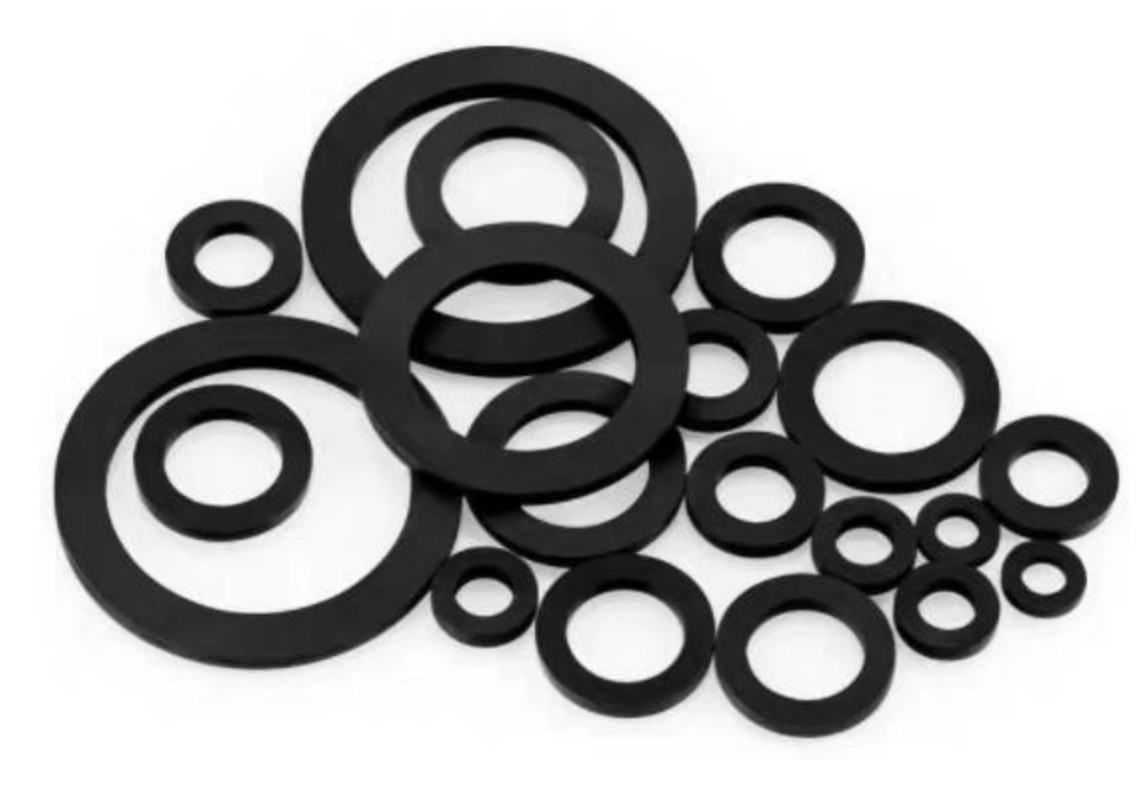Welcome to the company's official website
- Website Map
- Contact Us
- WeChat

Welcome to the company's official website

免费咨询热线
13244722122Ethylene propylene rubber is obtained by directional copolymerization of ethylene and propylene as the main monomers. It includes two types of ethylene propylene diene monomer (EPM) and ethylene propylene diene monomer (EPDM). EPM is formed by copolymerization of ethylene and 20%~30% propylene., The molecular chain has no double bonds and is saturated rubber. Sulfur vulcanization cannot be used, only peroxide crosslinking can be used. The slow vulcanization and expensive vulcanizing agents limit its application. EPDM is an unsaturated third monomer introduced into ethylene propylene copolymers. For example: vinylidene norbornene, dicyclopentadiene, etc. This allows for sulfur vulcanization, with properties similar to EPM. There is no polar substituent within the molecule, it is amorphous and has a relative density of 0.86~0.
Advantages of ethylene propylene rubber sealing ring
1.Excellent aging resistance. Excellent ozone resistance, far superior to butyl rubber and CR. Good weather resistance, no cracks visible after 3 years of exposure to sunlight. NR150 days cracked, SBR 5 days cracked, and 70 days fractured. Good aging resistance. Can be used for a long time at 150 ℃. Aging resistance is the best among general-purpose rubbers.
2. Chemical corrosion resistance. Has strong resistance to various polar chemicals, acids, and bases. Poor resistance to hydrocarbon oils.
3. Excellent electrical insulation. More than butyl rubber, suitable for high pressure of 45-65KW.
4. Good impact and cold resistance. The rebound rate can reach 50%~60%, second only to NR and BR. The elasticity retention performance is good at low temperatures, with hardening at -57 ℃ and brittleness at -77 ℃.
Copyright © 2002-2021 版权所有 备案号:粤ICP备2022051953号